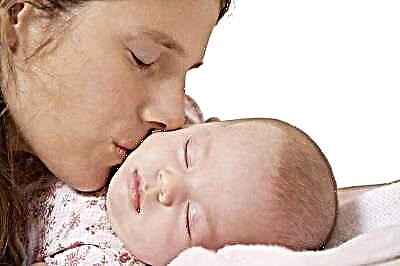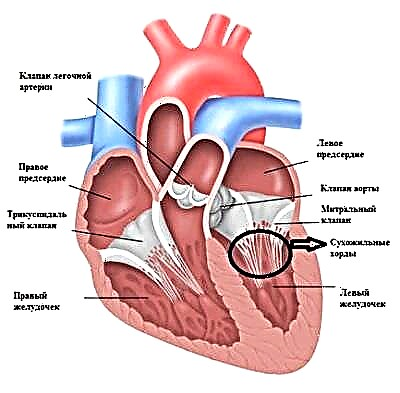
An additional trabecula, which is also abbreviated as LVOT, since it is located in the left ventricle, is often found in childhood. Such a pathology is one of the minor anomalies, therefore it is not considered a defect and is not classified as a fatal disease.

What is it
A trabecula is a small cord, outgrowth or septum that sags into the left ventricle. According to statistics, every seventh baby has such a change inside the heart.

Why arises
In 90% of cases of trabecula detection, its cause is heredity. Such formation appears inside the heart during embryonic development. It is more often transmitted from the mother, but it also happens on the paternal side.
Is it dangerous
LVDT does not pose any danger to the life of the baby. Sometimes it does not show any symptoms at all throughout a person's life. In rare cases, complications are possible, especially if the trabecula is a symptom of connective tissue dysplasia.
In such a situation, the child, during active growth (mainly in schoolchildren and adolescents), after exertion, has pain in the heart area, increased heart rate, and rapid fatigue.

Also, with dysplasia, digestive disorders and deformities of the limbs are observed. Atrial fibrillation, extrasystole, or fainting may occur.
Diagnostics
Since the trabecula in the left ventricular cavity is formed in utero and is a congenital feature, it is often detected at an early age during routine examinations, in particular with echocardioscopy at 1 month or 12 months.
If complications arise and dysplasia is suspected, the child will also undergo an ECG and other examinations.
Do I need treatment
In most cases, children with LVDT do not need any treatment, but only need to have regular check-ups with a cardiologist. Also, babies with trabeculae in the left ventricle are not recommended to have intense physical or psychological stress. For such children, it is important to properly organize the daily regimen, provide them with a balanced diet, absence of stress and physiotherapy exercises.

Drug treatment is prescribed when complications occur. It will include vitamin preparations, medicines to improve metabolic processes in the heart and magnesium preparations, as well as antiarrhythmics for heart rhythm disturbances. Trabecula is rarely removed surgically.
About heart anomalies, incl. DTLZH, see the next video.



